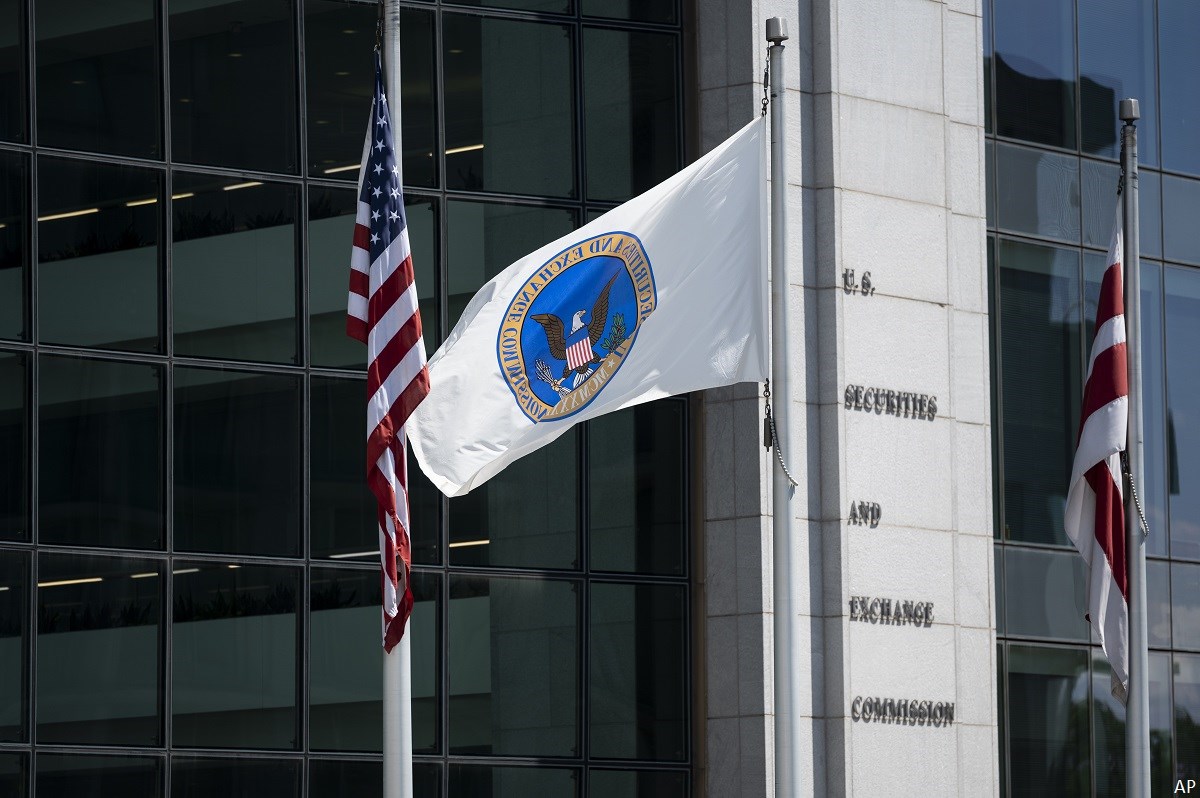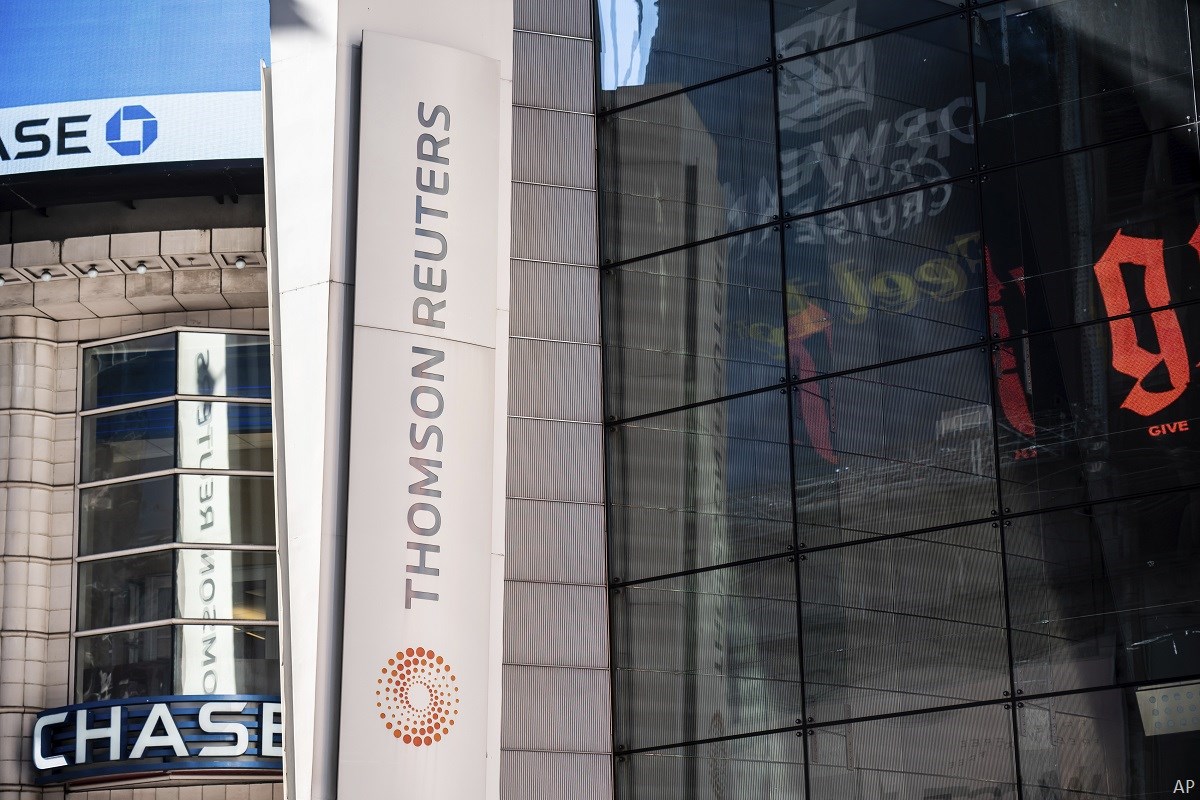
Last week, the latest Intergovernmental Panel on Climate Change report, titled Climate Change 2021: The Physical Science Basis, found that, unless there are immediate, rapid, and large-scale reductions in greenhouse gas emissions, the ability to limit warming to close to 1.5°C or even 2°C will be beyond reach.
In response, UN Secretary-General António Guterres released a statement saying the IPCC report “is a code red for humanity” and “This report must sound a death knell for coal and fossil fuels, before they destroy our planet.” He added that the climate crisis poses enormous financial risk to investment managers, asset owners, and businesses, which should be measured, disclosed, and mitigated.
The report was called damning and alarming--even more so for Canada, where a little under 25% of both the Morningstar Canada Index and the S&P/TSX Composite Index comprise energy and materials. As it stands today, Canada’s economy is heavily dependent on oil and gas–a clear vulnerability from a climate and financial stability standpoint. Canada is the world’s fourth-largest oil producer and 10th-largest oil consumer. About 5.3% of Canada’s gross domestic product comes from the oil and gas sector.
Jamie Bonham, director of corporate engagement at NEI Investments, agrees that Canada is more dependent on oil and gas. “It is weaved into the social fabric of Canadian life,” he said.
There is indirect exposure, too, as Canadian banks continue to lend to fossil fuel companies. “If Canada is to be a leader in the fight against climate change, its banks should be global leaders in decarbonizing their lending portfolios,” points out Jackie Cook, Morningstar’s director of sustainability stewardship research. It’s tough to make the case that we are working on a transition away from fossil fuels when Canadian banks keep funding oil and gas.
Our pensions are not exempt, either. In a 2020 report, Cynthia Williams, Osler chair in Business Law at Osgoode Hall Law School, documents how, in its Canadian public equity holdings, the Canada Pension Plan Investments are overinvested in oil and gas companies. “Its S&P 500/TSX 60 investment of $5.6 billion is already an investment that is as substantially exposed to oil and gas as is the Canadian market generally … 19.5% of the $3.137 billion listed, or $605 million of worth of holdings, are in oil and gas companies,” the report notes.
With this background, what does this latest report mean for Canada, Canadian companies, and Canadian investors?
Bonham thinks that individuals, investors, companies, and policymakers all need to act, and fast. “Drastic action is already needed, and the longer we leave it, the more drastic the required action will become,” he said.
Jennifer Story, SHARE’s associate director of climate advocacy, agreed, adding that decarbonization is required across the board in Canada, with companies needing to articulate short-, medium-, and long-term targets and strategies to get there. “We can’t develop new capacity anymore. Most of the new oil and gas supply that has been discovered needs to stay in the ground,” she said.
Financial and Other Risks Abound
For companies, Bonham highlights three connected risks related to climate change. The first, which is perhaps more advanced than the other two, is the risk of social sentiment, which is already viscerally reacting to the threats of climate change. An example of this in action was how investors in the last proxy season used their votes to make their voices heard-for example, in the cases of majority votes for Exxon Mobil and Chevron.
The second risk, stemming in part from social sentiment, is policy risk. “Companies have to realize that policy risk is real. Already, policy responses are too late, but they are coming. In response, companies must articulate how they will be resilient in the face of these policy changes. They must outline real targets, with a detailed strategy on how they intend to achieve these targets. The plans must include timelines and capex strategies,” Bonham says.
The third risk he notes is physical risks of climate change, like more intense heatwaves, fewer cold spells, and the like. “The responses to physical risks have been underwhelming so far and addressing these is the farthest away of the three risks. Investments need to be made into infrastructure, into assets, to make them resilient to these risks. There is no thought to these so far,” he says.
In addition, Bonham also highlights the risk of the pace of technological advancements, though he adds that there could be an opportunity there, even as current systems become redundant.
What Can Investors Do?
Investors can demand action from the companies they own, for one. They can do this through engagement or, if management isn’t receptive to engagement, by bringing a shareholder proposal up for vote at a company’s annual meeting.
“Investors have been pressing hard for data and disclosures. Now that we have measured the scope of the problem, it’s time to turn down the heat, and that’s what’s in front of us as investors,” Story said. To her, it does not matter whether the route is engagement or proxy ballots, as long as emissions reduce.
Though the corporate proxy ballots are not binding, when backed by a majority of shareholders, they cannot be ignored and are an important lever for changing corporate behaviour.
“Just a few years ago, it was relatively rare for shareholders to vote against company management on corporate ballot issues, especially among the largest mutual fund companies who cast votes on behalf of investors in their funds. Now, as companies find themselves losing a record number of votes, environmental, social, and governance advocates have a stronger hand when it comes to direct engagement with company managements over policies they are seeking to change,” Cook wrote recently in a review of the gains made by investors in the 2021 proxy season.
In the United States, Cook found that average support for ESG shareholder resolutions rose to a record 34% in the period from July 1, 2020, through June 30, 2021. A record 36 resolutions passed with majority support. Meanwhile, the 26 climate-related resolutions saw average support rise to 51%, with 14 earning majority support. Average support for 34 diversity, equity, and inclusion resolutions was 43%, with nine passing.
The most talked about of these was the battle at Exxon. As Cook wrote, it was about more than just the three candidates elected to the energy giant’s board on the pledge that they will push the company away from a business model focused on climate-damaging fossil fuel and toward a greater focus on renewable energy, against the recommendation of Exxon’s own executives. “The vote at Exxon brings shareholder-driven climate governance to the fore,” Cook says.
This, in itself, was reason for hope.
Story expects the momentum to continue in the 2022 proxy season. Some of the areas of potential interest could include Canadian financial institutions investing in and lending to fossil fuels, a move from high emission assets to low emission assets, green technology, food supply, and food production, Story believes.
Alarming, but Not Alarmist
Bonham points out that though the IPCC report was ‘shocking’, no one who has followed the space for any time was really shocked by it.
“This is not meant to be an alarmist report. In fact, it offers options, pathways out of this. We need to move fast and decisively to make those pathways real. We can avoid the worst if we move quickly, but we need to move,” Bonham said.
“Strong and sustained reductions in emissions of carbon dioxide (CO2) and other greenhouse gases would limit climate change. While benefits for air quality would come quickly, it could take 20-30 years to see global temperatures stabilize,” the IPCC report’s press release noted.
“The solutions are clear. Inclusive and green economies, prosperity, cleaner air, and better health are possible for all if we respond to this crisis with solidarity and courage. By 2030, solar and wind capacity should quadruple, and renewable energy investments should triple to maintain a net-zero trajectory by midcentury,” Guterres said.
It is easy to despair, especially as we see headlines about how we are ‘doomed’, but this report shows that we can get out of it if we all play our parts. That includes investors, too.




















